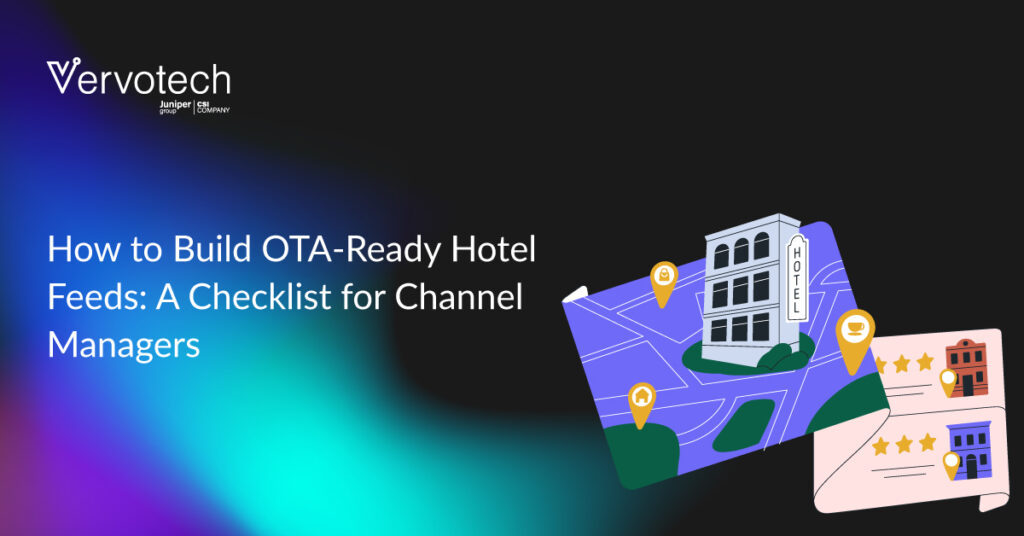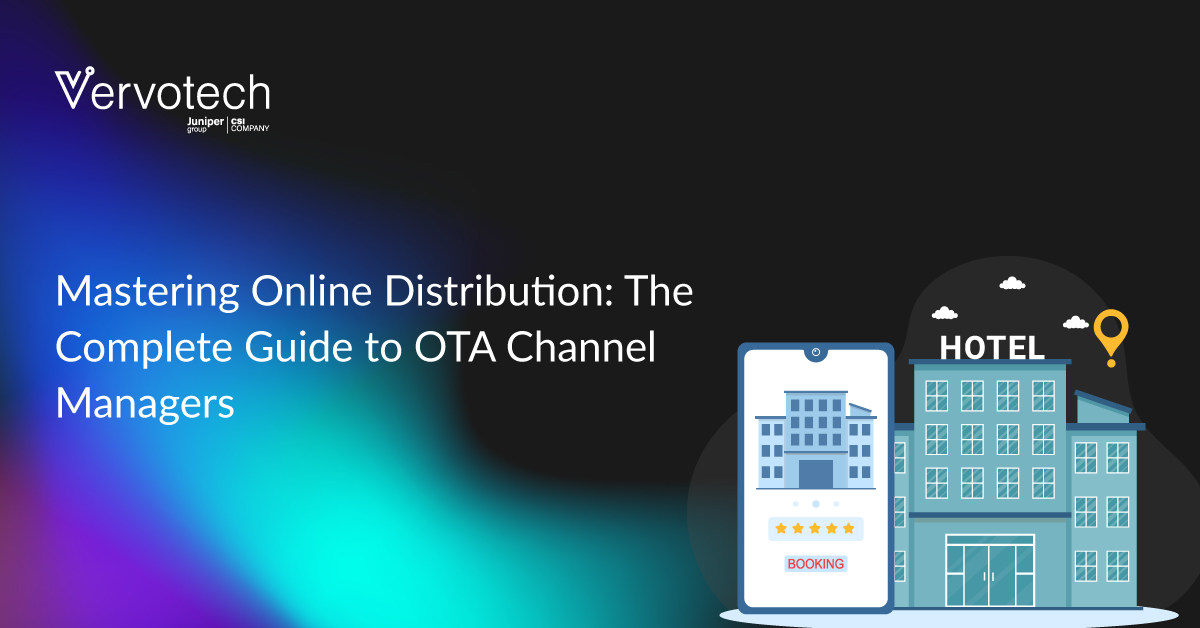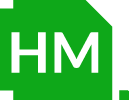Online Travel Agencies rely heavily on the quality of hotel data they receive. For channel managers, this means that the way hotel information is structured and shared can make the difference between strong visibility on OTAs and missed booking opportunities. An OTA-ready hotel feed is one that delivers accurate, consistent, and up-to-date details about rooms, rates, availability, and property content in a format that OTAs can process without friction.
In this blog, we will walk through a practical checklist to help channel managers build OTA-ready hotel feeds that not only meet technical requirements but also improve discoverability, prevent errors, and ultimately drive more bookings.
Let’s begin with understanding ‘OTA Ready Hotel Feeds’
Understanding OTA-Ready Feed: What Does it Mean?
An OTA-ready feed is more than just a collection of hotel details. It is a structured, validated, and constantly updated data set that OTAs can process without errors or delays. The goal of an OTA-ready feed is to provide information that is not only accurate but also delivered in a format that matches OTA requirements.
What Makes a Feed OTA-Ready?
A hotel feed is considered OTA-ready when it delivers:
Accuracy: Property details, rates, and availability must match the source system without discrepancies.
Completeness: No missing room descriptions, images, amenities, or policies that could confuse travelers or get listings rejected.
Real-time sync: Continuous updates ensure that availability, pricing, and restrictions reflect the latest status, reducing the risk of overbookings.
Compliance with OTA specifications: Data must align with each OTA’s technical rules, including schema, field structures, and character limits.
How Do OTAs Consume These Feeds?
Most OTAs rely on machine-to-machine communication, typically through APIs using XML or JSON formats. When a hotel pushes updated data, the OTA’s system automatically validates and publishes it. If the feed is inconsistent or does not follow schema requirements, the OTA may reject the listing, delay updates, or display incomplete information to travelers.
On the other hand, a properly structured OTA-ready feed not only ensures smooth connectivity but also maximizes the chances of higher visibility and reliable performance on OTA platforms.
If you’re still wondering why ‘OTA-Ready Feed’ matters so much for channel managers, let’s reflect on the impact quality hotel feeds have on day-to-day channel management and overall business performance.
Why Quality Hotel Feeds Matter for Channel Managers
It is tempting to think of hotel feeds as a back-end technical detail, something that runs quietly in the background. In reality, the quality of those feeds can make or break a hotel’s performance on OTAs. For channel managers, this is not just a technical responsibility; it is a strategic one.
When a feed is complete, accurate, and OTA-compliant, hotels enjoy stronger visibility on search results. OTAs reward reliability because it reduces friction for their own users. On the other hand, inconsistent or outdated data pushes listings down in ranking, or worse, leads to errors that erode traveler trust. Every mismatch in availability or rate is a risk of overbooking, guest dissatisfaction, and ultimately lost revenue.
Quality feeds also shape how effectively channel managers can execute revenue strategies. Dynamic pricing, real-time inventory control, and rate parity across platforms are only possible if the data feeding into OTAs is precise and up to date. Without that, even the best revenue management tactics fall flat.
There is also a reputational layer at stake. Guests no longer forgive booking mistakes easily. A property that shows incorrect amenities or cancels because of availability errors leaves behind a digital trail of negative reviews. Channel managers who fail to prioritize feed quality are, in effect, trading short-term convenience for long-term damage to brand credibility.
In short, hotel feeds are not just data pipelines. They are the backbone of a hotel’s digital storefront. For channel managers, ensuring their quality is not an operational task to tick off but a strategic imperative that drives bookings, revenue, and guest trust.
Recognizing the importance of quality feeds is only the first step. The real challenge lies in building and maintaining OTA-ready feeds that consistently meet these high standards.
To make this process actionable, here is a practical checklist channel managers can use to evaluate, refine, and future-proof their hotel feeds for maximum impact.
The Ultimate Checklist for Building OTA-Ready Hotel Feeds
Creating OTA-ready hotel feeds is not just about sending data to OTAs. It is about sending the right data, in the right format, at the right time. Channel managers who treat this as a one-time integration project often miss the mark. Instead, it should be a disciplined, ongoing process. Below is a checklist to help ensure your feeds are not just functional but optimized for visibility, reliability, and performance.
1. Data Standardization
- Normalize property names, addresses, and geo-coordinates across all systems.
- Standardize room types and codes so they mean the same thing in your PMS, CRS, and OTA.
- Align amenities, cancellation policies, and restrictions with OTA-recognized categories to avoid mismatches.
Why it matters: Standardization eliminates confusion and ensures OTAs display consistent, trustworthy information.
Also Read: How to Reduce Time-to-Market with Hotel Data Standardization
2. Rich and Accurate Content
- Provide high-resolution images and videos with proper captions and metadata.
- Use concise, compelling, and accurate room and property descriptions.
- Verify that all amenities, services, and policies are up to date.
Why it matters: Content is what sells the stay. Incomplete or outdated visuals and descriptions reduce conversion rates and lower ranking on OTA listings.
3. Inventory and Rates
- Enable real-time syncing of inventory between PMS/CRS and OTAs.
- Map rate plans and packages correctly across each channel.
- Monitor rate parity to avoid discrepancies between direct and OTA channels.
Why it matters: Accurate rates and availability prevent overbookings and ensure pricing strategies actually reach the market.
4. Technical Compliance
- Follow OTA-specific schema requirements for XML or JSON feeds.
- Validate feeds against OTA specifications before going live.
- Set up monitoring tools and alerts for API failures or rejected updates.
Why it matters: Even one non-compliant field can lead to listing rejections or delays that cost visibility and bookings.
5. Performance and Monitoring
- Schedule regular audits of data accuracy and completeness.
- Track error logs, warnings, and update delays through OTA dashboards.
- Establish a process for rapid troubleshooting when inconsistencies arise.
Why it matters: A feed is only as good as its ongoing reliability. Continuous monitoring safeguards revenue and reputation.
6. Continuous Optimization
- Automate content refresh cycles so property images and descriptions never go stale.
- Stay updated on changing OTA requirements and adjust feeds accordingly.
- Train teams to prioritize consistency across all connected systems.
Why this checklist matters: OTAs evolve quickly. A feed that is “OTA-ready” today may be outdated tomorrow unless it is actively maintained.
Hotels with standardized, accurate, and compliant data are rewarded with higher visibility, fewer booking errors, and stronger guest trust. For channel managers, this checklist should serve as both a guide and a reminder that feeds are the foundation of every successful OTA strategy.
With the fundamentals in place, the next step is understanding what tools and resources can simplify this process, reduce manual errors, and help you maintain OTA-readiness at scale.
Find the right tech stack for your online travel business
Best Tools & Resources for Channel Managers
Channel managers today operate in an environment where speed, accuracy, and automation define success. To manage OTA-ready feeds at scale, the right technology stack is not optional; it is essential.
Here are the categories of tools that make the difference:
- Hotel Mapping and Data Standardization Tools
To ensure property names, room types, and amenities are unified across systems and eliminate duplicate listings and mismatched data that confuse both OTAs and travelers, you can use hotel mapping & data standardization tools.
- Feed Validation and Compliance Utilities
To test hotel feeds against OTA specifications before pushing them live and catch schema errors, missing fields, or non-compliant formats early, reducing costly rejections.
- Channel Management Platforms
To act as the central hub for rates, inventory, and content distribution, and provide real-time syncing across multiple OTAs and direct booking channels. Also, to offer dashboards and alerts for feed errors, rejected updates, or connectivity failures.
- Content Management Solutions
To automate the upload and refresh of images, videos, and property descriptions, and help maintain brand consistency across every OTA listing.
- Analytics and Monitoring Tools
To provide visibility into how OTA feeds are performing from update speed to error frequency, and track the impact of feed quality on visibility, conversion, and revenue.
With the right mix of these tools, channel managers can move beyond firefighting errors to proactively managing data quality. Instead of wondering whether a feed is “OTA-ready,” they can be confident it is always aligned, validated, and optimized for performance.
Takeaway
The checklist and tools outlined in this blog provide a practical framework for channel managers to move from reactive fixes to proactive feed management. By treating feed quality as a priority and leveraging the right technology, channel managers can transform hotel data into a competitive asset that delivers measurable impact.
In a market where travelers expect seamless experiences and OTAs demand precision, there is no room for guesswork. The hotels with the most reliable, OTA-ready feeds will be the ones that rise to the top, capture bookings consistently, and build lasting trust with guests.
Talk to our travel-tech experts to learn how Vervotech can help you optimize your online travel businessto grow & scale with our mapping solutions







